Academics Say the Art Market Bubble Is About to Burst—Are They Right?
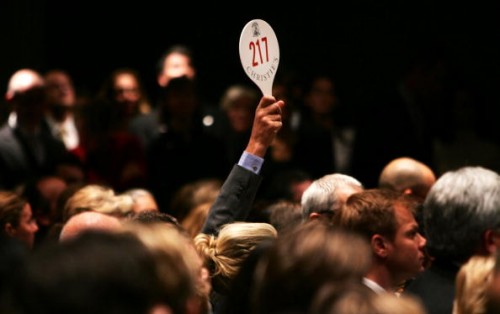
Click here to view original web page at news.artnet.com
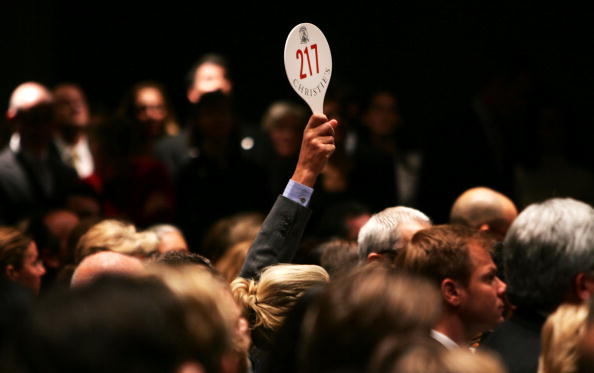
Is the art market bubble about to burst?
Photo: Spencer Platt via thefakefootball.com
A recent study published in the Journal of Empirical Finance from the University of Luxembourg predicts that the seemingly ever-growing art market bubble is about to burst.
Roman Kräussl, Thorsten Lehnert, and Nicolas Martelin from the Luxembourg School of Finance applied a new statistical method of detecting bubbles to over one million auction records from 1970 to 2014, focusing their research on the Impressionist and modern, post-war and contemporary, American, and Old Masters sectors of the market.
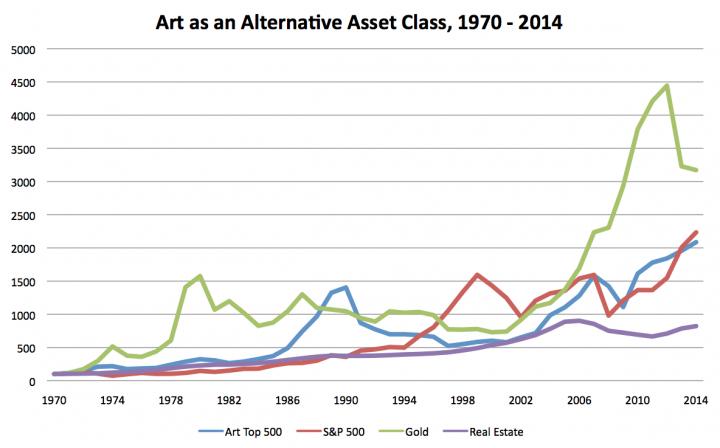
Graph showing the dip in the art market in the early 1990s and recovery after the 2008/09 crisis, based on the top 500 artists compared to the development of gold and real estate prices, as well as the Standard & Poor's 500 stock market index.
Photo: Luxembourg School of Finance
By identifying the market conditions that led up to the collapse of two previous art market bubbles in 1990 and 2008/2009 and comparing them with the symptoms we are seeing today, the researchers concluded that the current art market is showing signs of overheating. According to the study, this would create the conditions for a "severe correction" or potential crash in the post-war and contemporary, American, and Old Masters categories.
The study defines bubbles as a dramatic escalation of trade volume at prices that exceed fundamental value, followed by sudden collapse. The authors point out that current market conditions bear several similarities to the art market bubble of 1990, leading them to believe that the current market is at, in their words, the "mania phase of its formation."
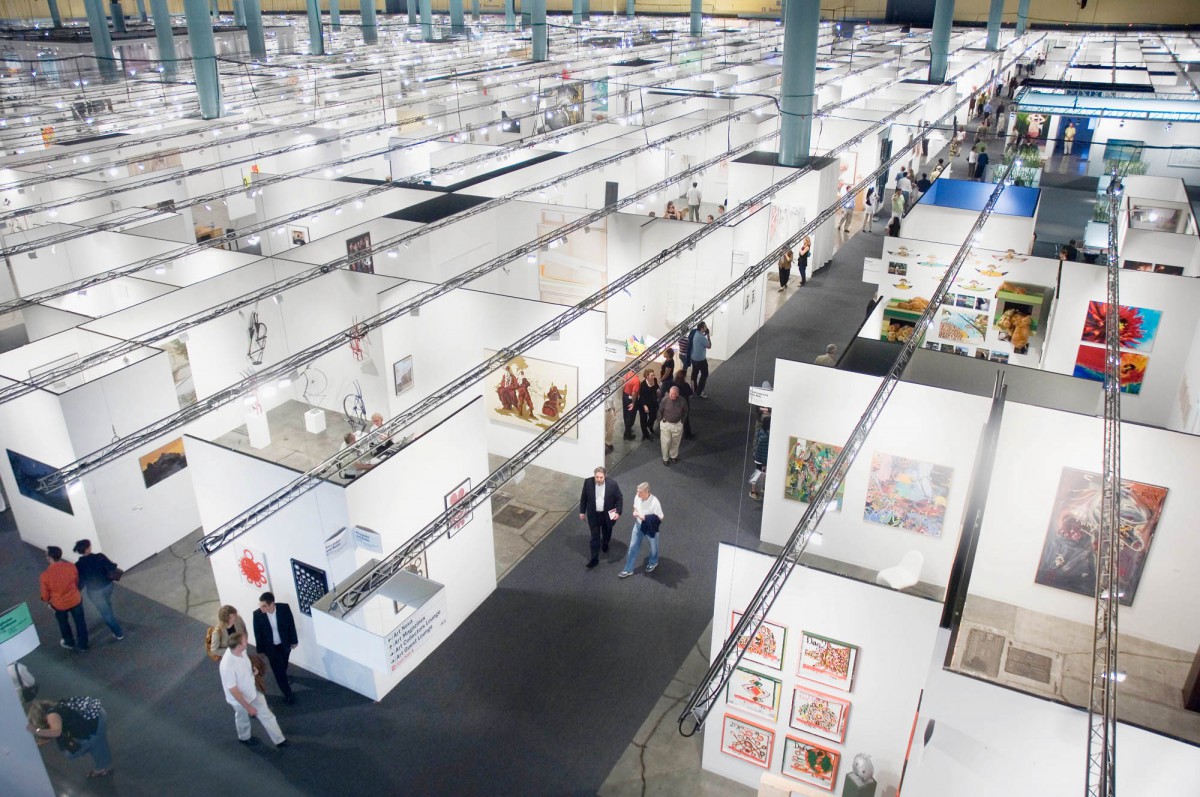
A bird's eye view of Art Basel.
Photo: Mitchell Zachs
Acknowledging the robust state of the global art market since the end of the financial market crisis of 2008/2009 and emphasizing the strength of the contemporary art market which has doubled in value during the recovery since, the study warns that the current level of growth is unsustainable.
However, the Belgian financier and collector Alain Servais told artnet News via e-mail that he believes the art market has already begun its downward spiral. Servais emphasized that highly publicized world auction records, such as the sale of Pablo Picasso's Les Femmes d'Alger (Version O) (1955) at Christie's for $179 million or Amedeo Modigliani's Nu Couché (1917-18) for $170 million, hide the true state of the art market.
"I believe it is important to stop focusing on trophy performances to gauge the art market," said Servais. "It is as ridiculous as judging the condition of the automobile market on the basis of Ferrari sales!"
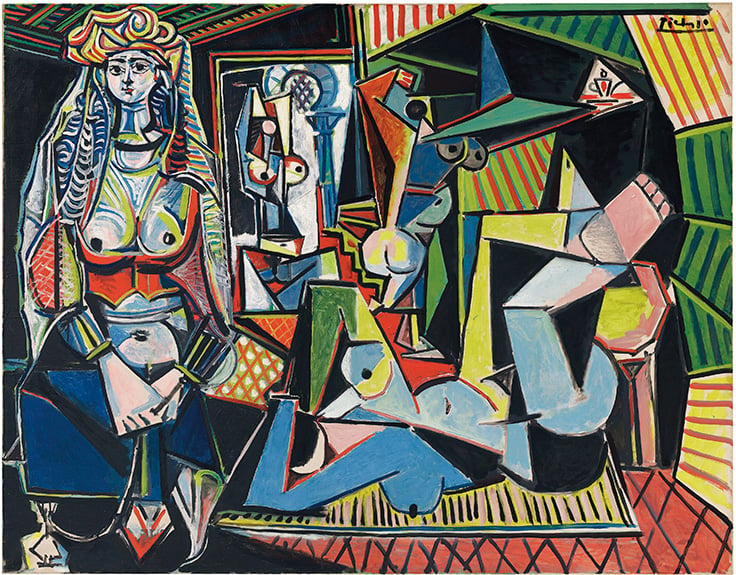
Pablo Picasso Les Femmes d'Alger (Version ‘O') (1955)
Photo: Christie's
"The contemporary market particularly has unlimited supply, it is therefore exposed to oversupply and I believe that we reached this stage some months ago outside the 'trophies' market," he added. "Prices and volumes reflect this."
He also pointed out that some parts of the market are already experiencing slowdown and are in some cases, even contracting. "Studies don't tend to focus on day sales and mid-size gallery sales, which I believe would show a market already on the way down and hit by oversupply."

Lucien Smith Two Sides of the Same Coin (2012), sold at Sotheby's London in February 2014 for $372,000 against an estimate of $66,000–99,000.
Image: Courtesy of Sotheby's.
The market for some artists, he notes, has already started to slow, like that for the "Zombie Formalist kids." But Servais contends that others will follow, particularly when taking into consideration that there can be "unlimited supplies of darlings like Kapoor, Hirst, Kiefer, McCarthy and so many others."
Meanwhile, not everyone is convinced by the findings. Todd Levin of the Levin Art Group dismissed the findings as stating the obvious. "If you don't know we've been in a bubble in certain strata of the market for a prolonged period, then you've been missing something," he told the Guardian.
"The professors can give themselves a big pat on the back," he added sarcastically.
While the experts duke it out, it's probably best to turn our attention to the auctions, where the truth will, no doubt, soon become apparent.
Follow artnet News on Facebook.
Click here to view original web page at news.artnet.com
January 19, 2016
